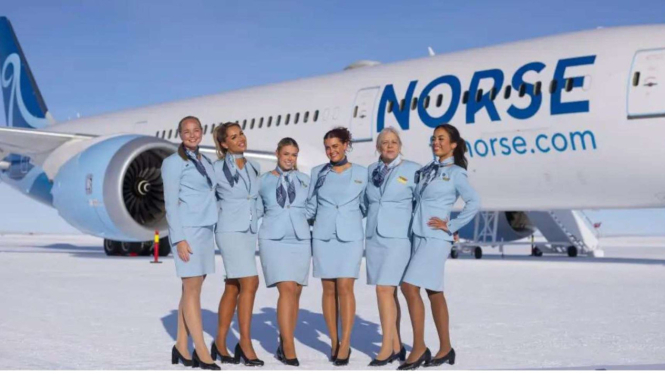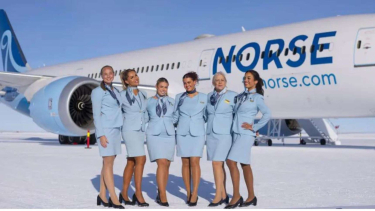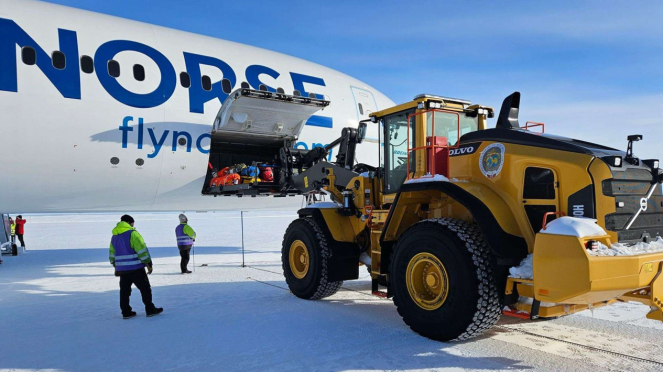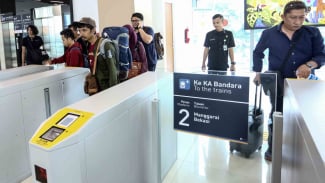First in the World, Boeing 787 Lands in Antarctica
- EurAsian Times
Antarctica – For the first time in the world, a commercial Boeing 787 Dreamliner lands in Antarctica, at Troll Airfield, in late November 2023.
Norse Atlantic Airways landed the Boeing 787 Dreamliner in somewhat different conditions than usual, carrying 45 researchers and staff from the Norwegian Polar Institute, as well as 12 tons of research equipment.
This is the first time a Boeing 787 has landed on a snow-covered continent.
Norse Atlantic Airways mendaratkan Boeing 787 Dreamliner di Antartika
- EurAsian Times
The plane departed from Oslo, Norway on November 13, then made a stopover in Cape Town, South Africa before continuing on to the South Pole to make the record-breaking landing.
Antarctica has no permanent residents due to the extreme cold, but around 4,000 people live there during the summer months. The seventh continent is also visited by more than 100,000 tourists who arrive by plane or ship each season.
"In the spirit of exploration, we are proud to be taking part in this important and unique mission," Norse CEO Bjorn Tore Larsen said in a statement.
"This is a true testament to our highly trained and skilled pilots and crew, as well as our state-of-the-art Boeing aircraft," he continued on Monday.
The 2.7-kilometer blue ice runway at Troll is only open between October and March, and the process of maintaining and preparing it for aircraft takes a long time.
According to Flightradar24, the team spent two weeks removing snow from the runway, repairing cracks or defects in the runway, and adding a thin layer of crushed snow and ice to create the friction necessary for aircraft operations.
With the arrival of the 787 Norse in Antarctica, Norwegian Polar Institute Director Camilla Brekke said that the success of this flight will open up "new possibilities for logistics in Troll," adding that the use of a large, modern aircraft will also benefit the environment by reducing the need to make more frequent trips using smaller aircraft.
"This can help reduce total emissions and environmental impact in Antarctica," he said.
According to Hi-Fly A340 captain Carlos Mirpuri, adverse weather conditions and reflective runways in Antarctica create additional challenges and risks, meaning clear conditions and light winds must be present to safely land on the rocky glacier runways.
"There is also no visual glide slope guidance, and the combination of the runway with the surrounding terrain and the vast White Desert beyond, makes altitude assessment difficult," he said, adding that extensive pre-flight planning and preparation is required.



























